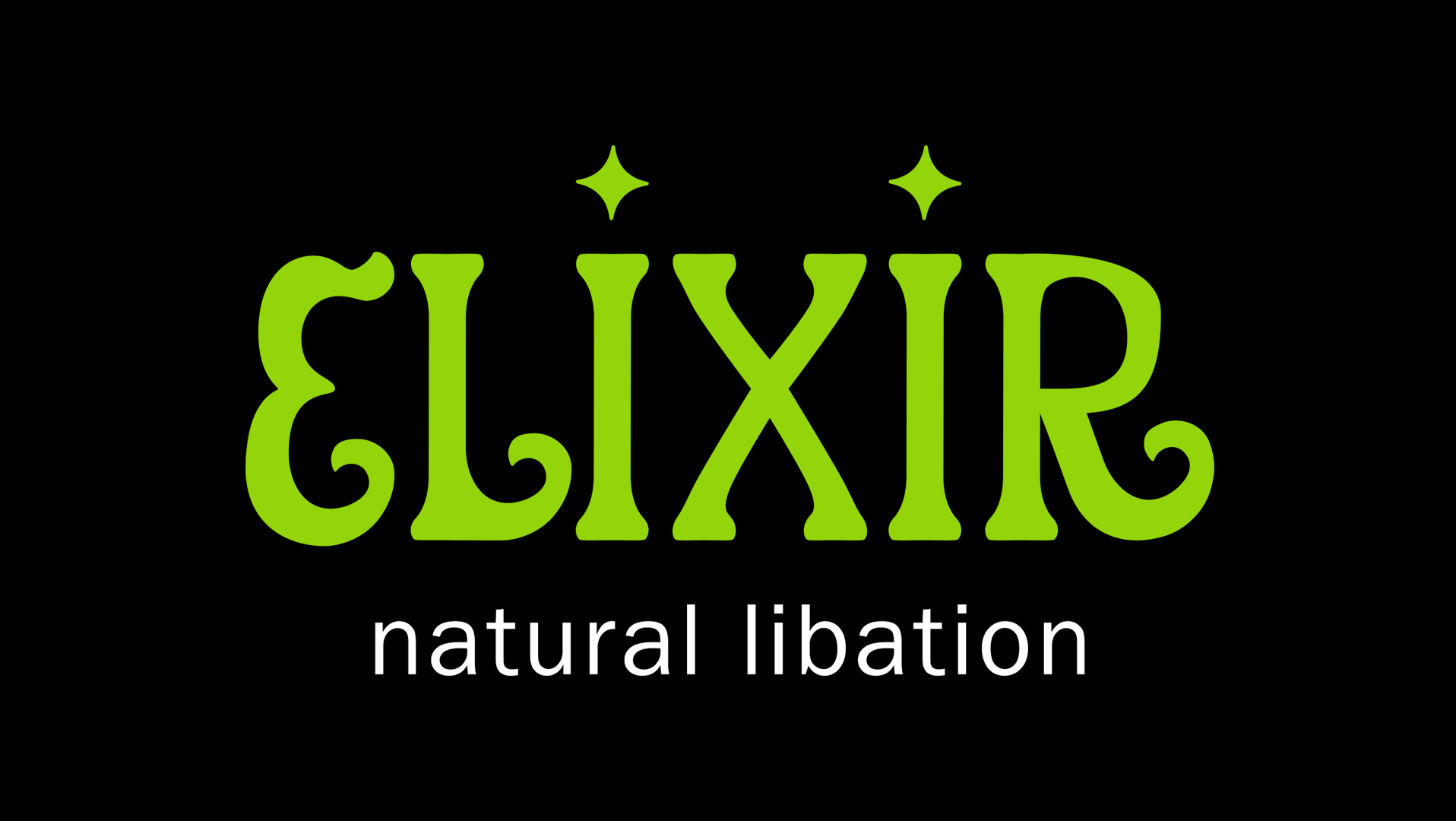The logo features a skull in the name as this religion is largely based around spirits (called Loa) and spirituality. It is believed that there is an all-mighty deity called "Bondye," who is considered unreachable and thus has many other spirits to deal with human affairs. The premise of Vodou is to "serve the spirits," by performing prayer and rituals in exchange for health, protection, and favors. In exchange for their service, offerings are brought when calling the spirits and once accepted, the spirit will take over the person's body in order to perform the task. Tasks can be anything and often include matters of healing, prosperity, or even revenge. Spirits can be cool-headed or hot-headed, with the fiery ones (known as Petro Loa) being more intense. Each spirit is unique with their own characteristics and preferences just like people.
The three hot sauce levels are mild, medium, and hot. Each level of heat intensity corresponds with a major spirit within the religion, as there are many, these three were specifically chosen for their personalities and importance within Vodou. The roots of this religion come from African slavery mixed with Christian ideology which was taught to slaves, resulting in a blending of religions called "syncretism." Spirits in this religion often have a Christian equivalent such as Brigid of Kildare for Maman Brigitte.
Maman (mother) Brigitte is a mother-like figure, a death loa, who runs the graveyard and deals with matters of healing and the dead. She is married to Baron Samedi, another prominent loa in Vodou. She prefers rum mixed with hot peppers as an offering in exchange for her services. She is symbolized by black roosters and crosses on a tombstone. Her colors are green, purple, and black.
Marinette is a bit more intense loa, a petro loa of power and violence. She is believed to be the Mambo (priestess) who started the first Haitian revolution in 1791 after sacrificing a black pig. She would later be burned alive for her actions, suggesting her skeletal form. Her offerings are black pigs and roosters plucked alive. She is sometimes used in matters of revenge but she herself is not a cruel spirit. Her colors are black and red.
Kalfu, (meaning "crossroads"), controls the crossroads, granting or denying access to all other loa. He allows the crossing of bad luck, destruction, misfortune, and injustices. He is envisioned as a young man or a demon, the so-called twin of Papa Legba, another prominent loa. His offerings are rum mixed with gunpowder and it is said that when one is possessed by Kalfu, their eyes will cry black tears. He is associated with black magic and feared, but respected. His color is red.
These are the three hot sauce bottles with the sauce inside. The symbol behind the spirit illustrations and on the neck of the bottles is called a veve. The veve serves as a beacon or way-finder for the spirit to find their way when called upon. The symbol is drawn on the ground with salt or rice/grain, along with offerings needed in exchange for the spirit's service. Each spirit has their own unique veve.
The hot sauce bottles would come in a tombstone-like container (as this religion is based around spirits), with a burnt texture on the logo, signifying the fiery intensity of the hot sauce. The ad plays off the idea of spirit possession and trying different levels of heat intensity in hot sauce.









